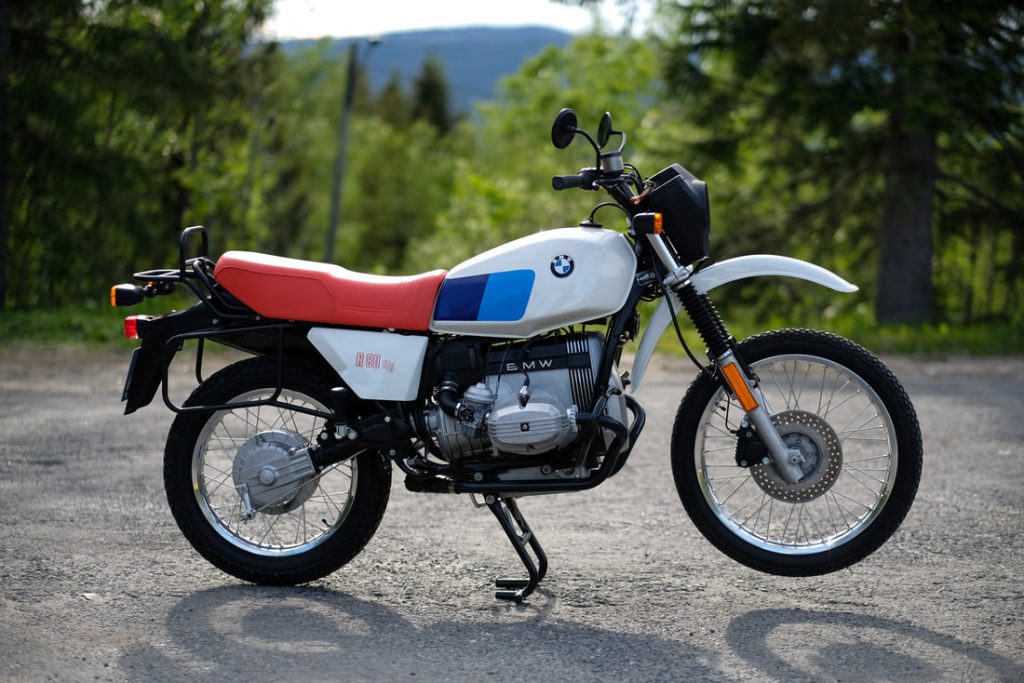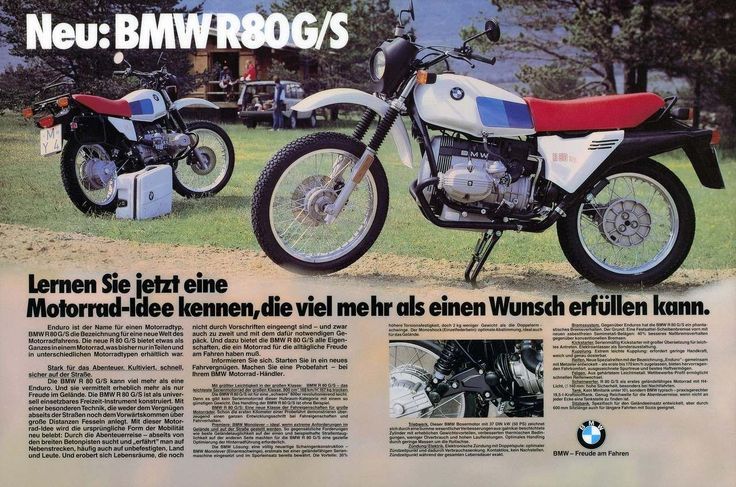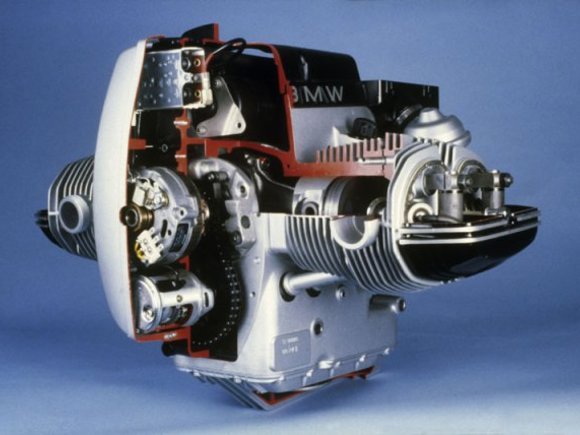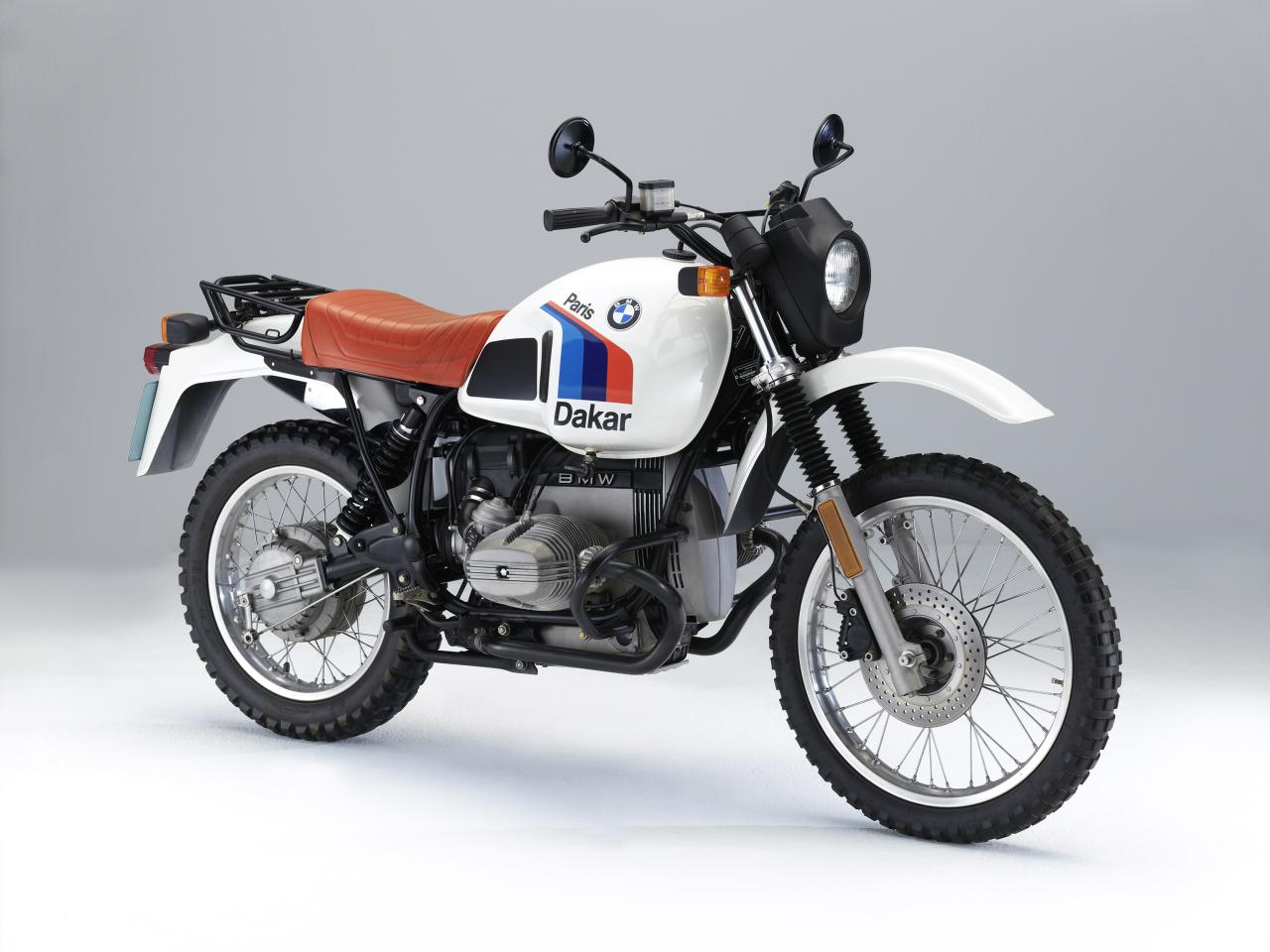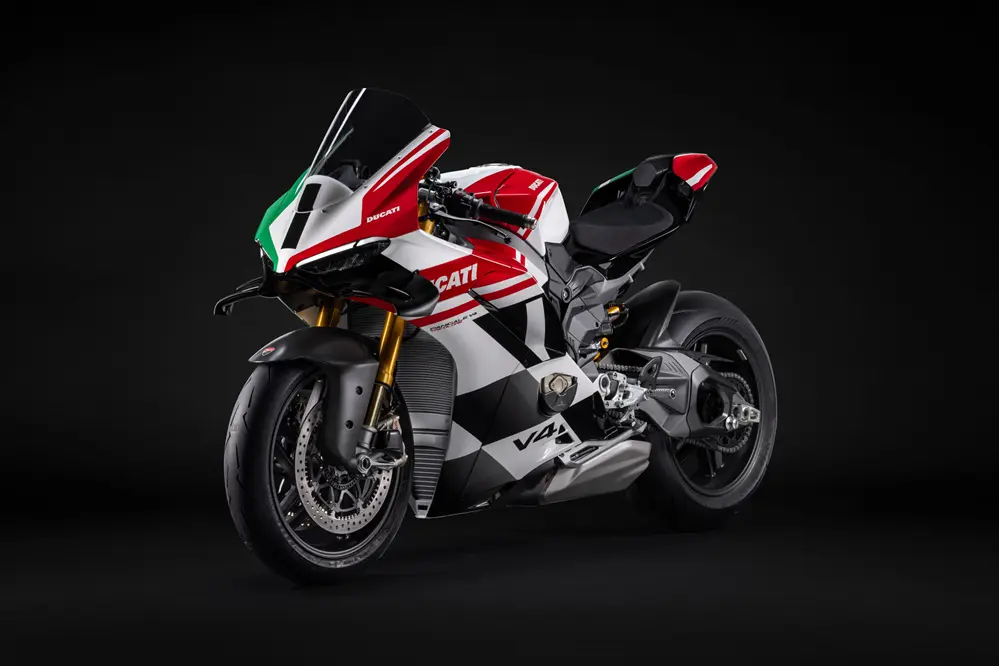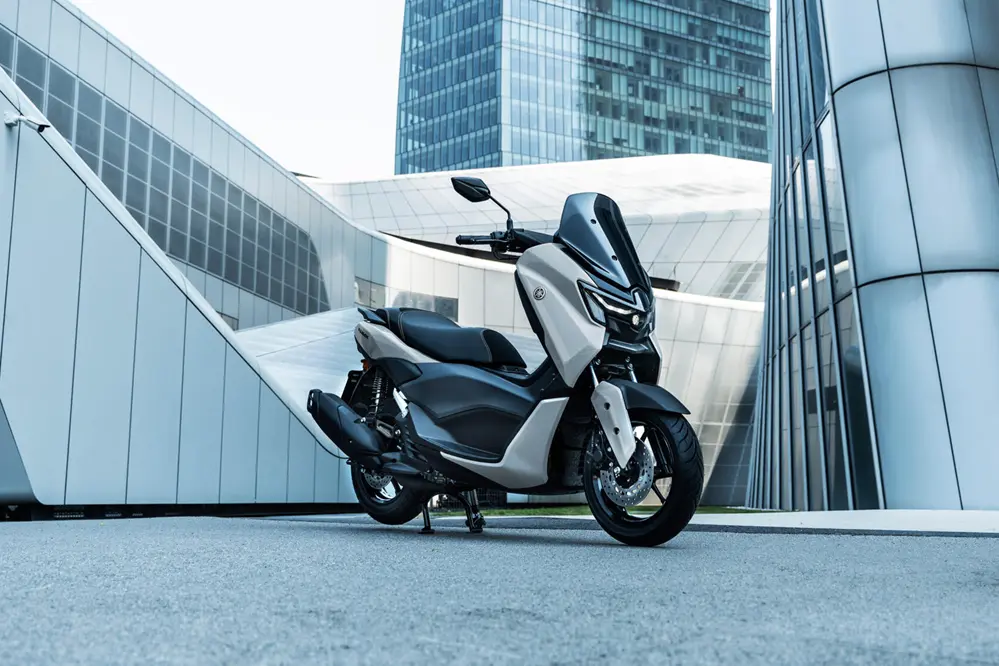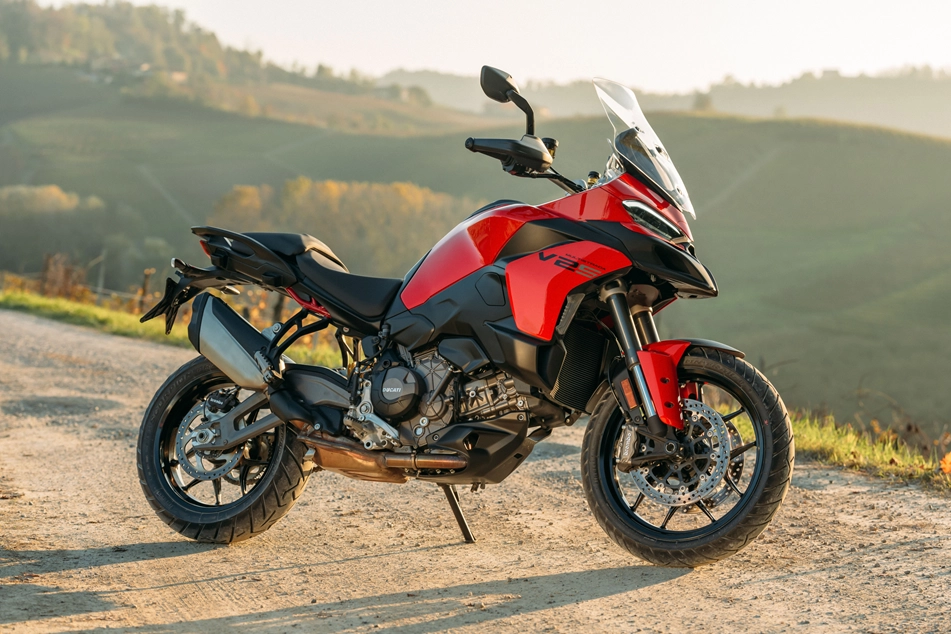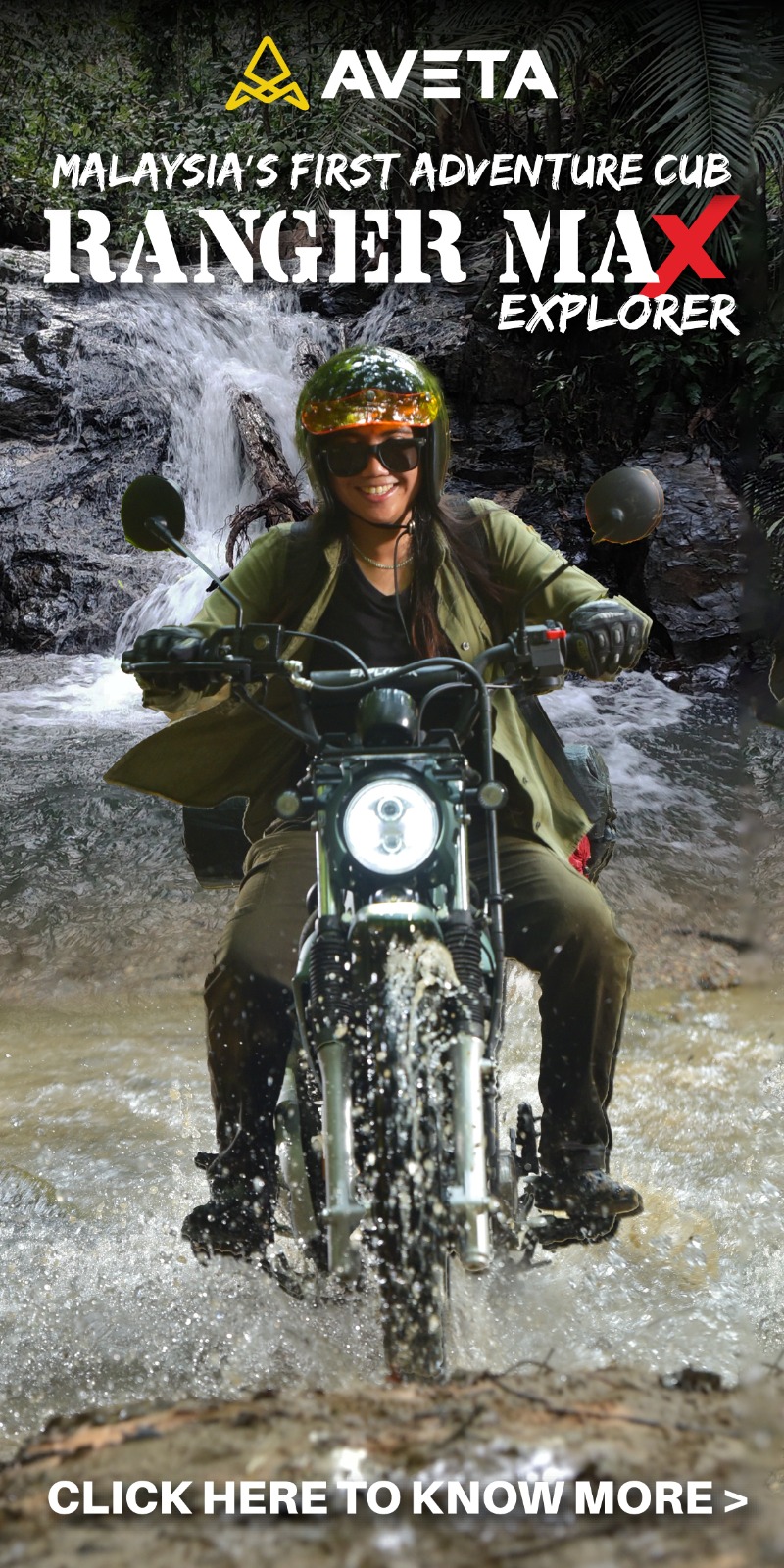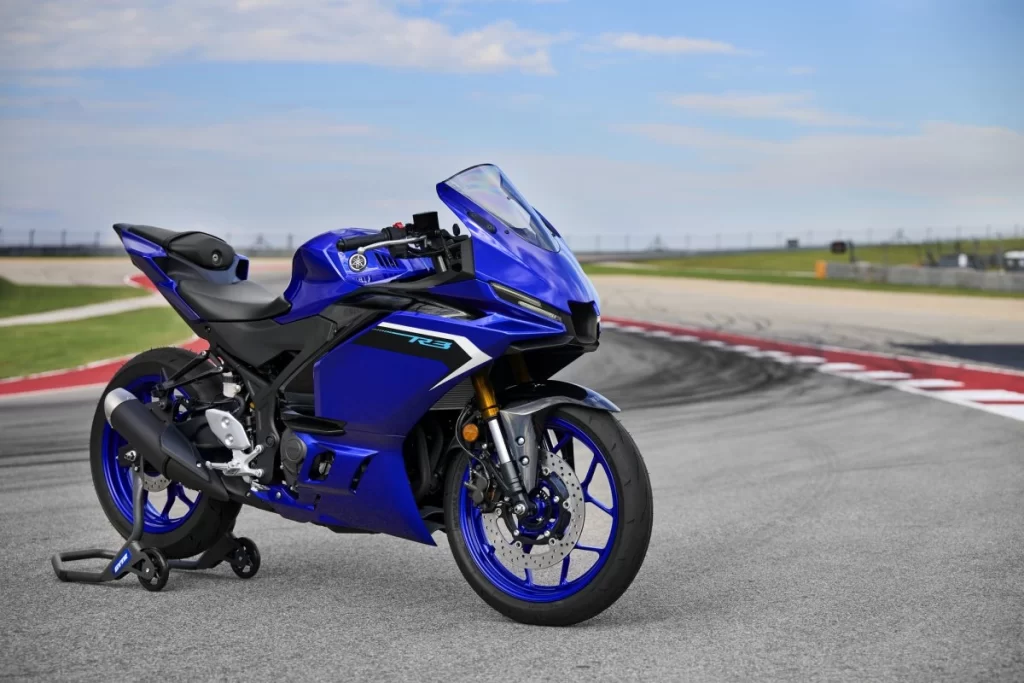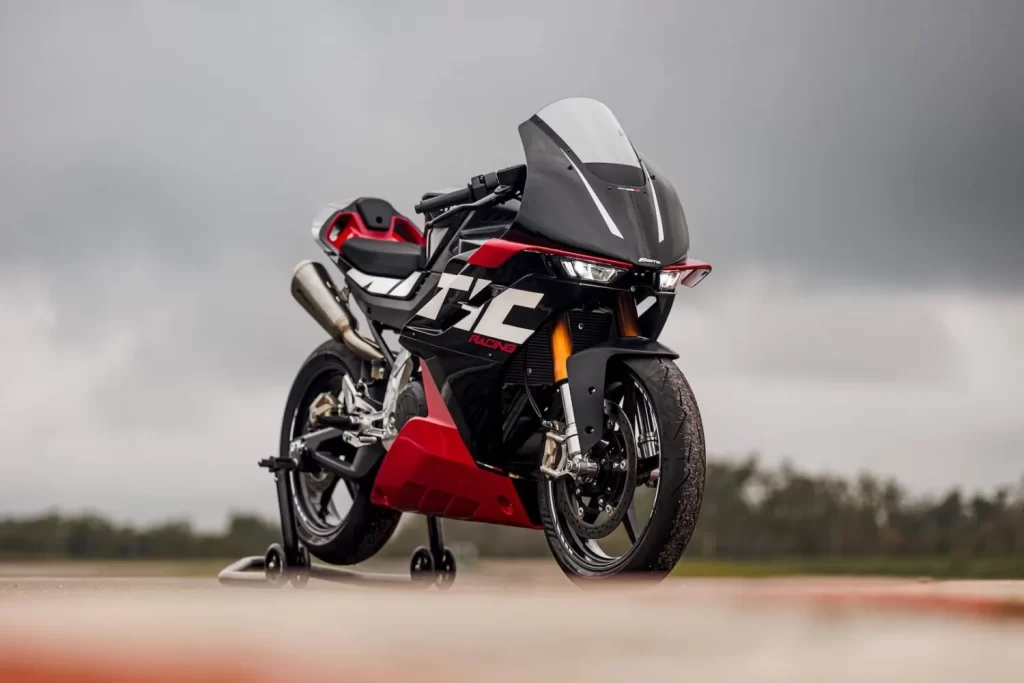-
2020 marks 40 years of the BMW GS.
-
It began with the R80G/S in 1980.
-
The bike started the adventure-touring/dual-sport segment.
2020 marks 40 years of the BMW GS, which began with the R80G/S in 1980.
Love it or loathe it, the G/S began a new segment altogether and became not only BMW’s best-selling model, but the most popular worldwide.
Looking back over the 40 years, the GS has been at the forefront of BMW Motorrad’s study in engineering and innovations (apart for the S 1000 RR in 1999 for the superbike category). As such, the GS viewed by other manufacturers as the high watermark to beat.
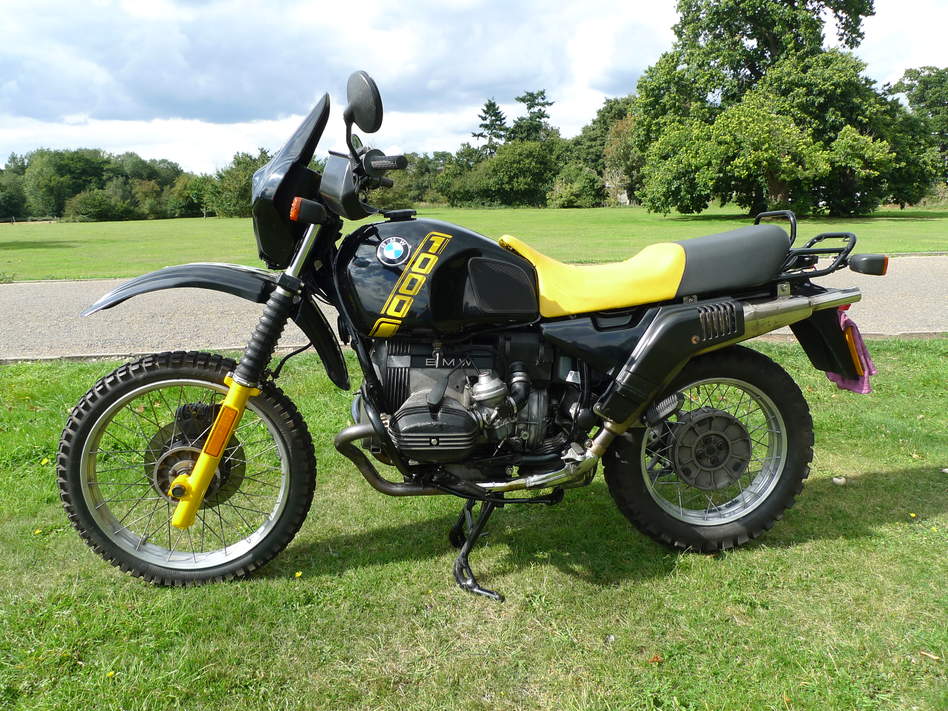
Since each generation of G/S and later GS featured a huge host of innovations, we decided to split this article into parts. Squeezing all 40 year into one concise article does no justice for the bike’s heritage, besides glossing over too many important details.
Development
The Japanese had pretty much killed the European motorcycle manufacturers by the end of the 70s and capitalizing on the booming motorcycle market. BMW was in danger being viewed as a nostalgia brand (like how Harley-Davidson had become).
But there was no way BMW could let go of the Boxer modular concept. Hence the only way was to convince new buyers that the Boxer could perform despite being available since the R32 in 1923.
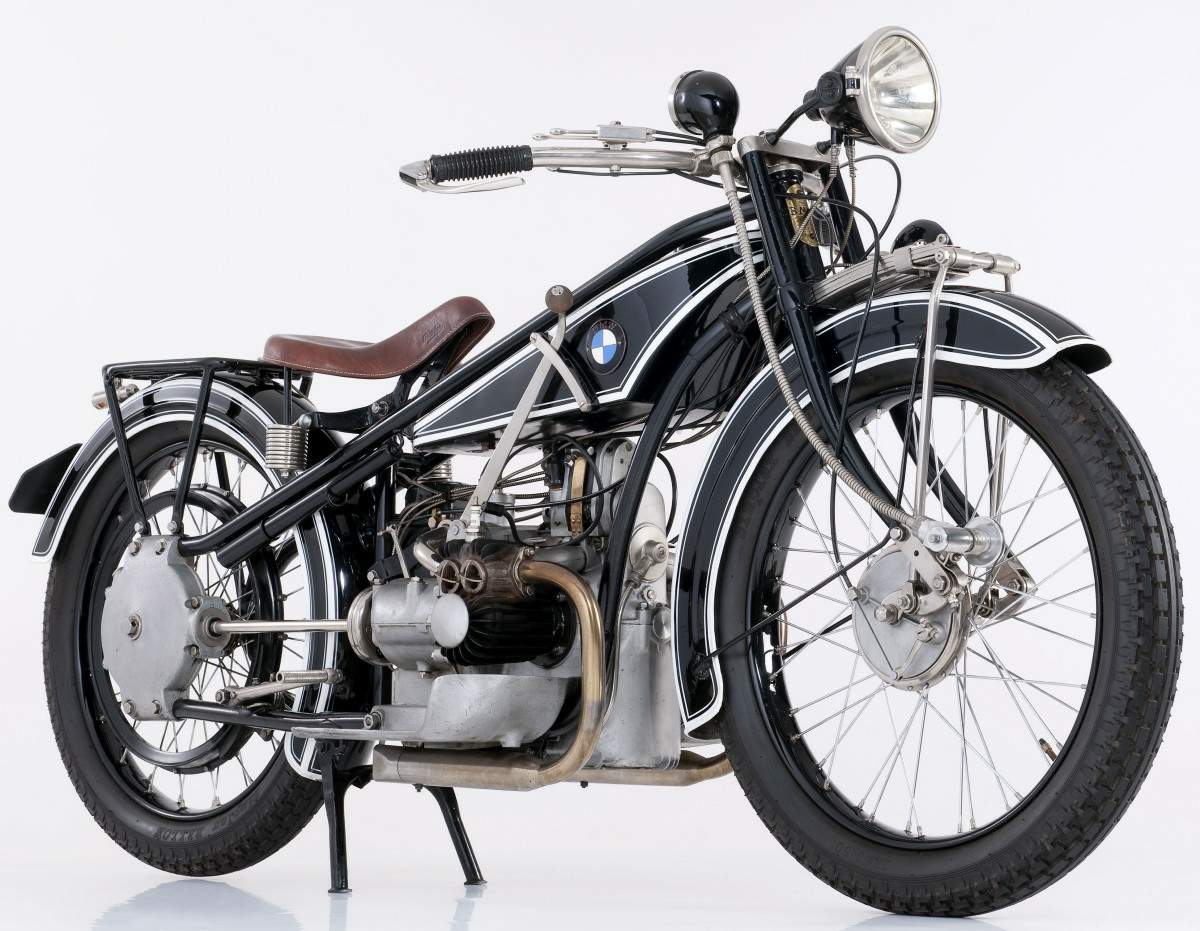
The factory’s testing engineer Lazlo Peres had been custom-building 800cc Boxer powered off-road machines for buyers. Being an experienced off-road rider himself, Peres knows that the engine could perform better than other large capacity rivals.
The break in fortune came in in 1978. It was the year when the German motorsport authorities created new class for above-750cc machines.
Thus, Peres got together with another two employees and built an 800cc race bike that weighed on 124 kg. Peres took the bike to second overall in the championship that year, thereby cementing notion that the Boxer can indeed perform.

The bike was entered again in the 1979 Six Days Trials in West Germany (Germany was divided into East and West back then, remember?). The competition was regarded as the Olympics of enduro. Fritz Witzel Junior and Rolf Witthoft came away with a bunch of gold medals, when one was an outstanding achievement on its own.
This experience was brought into the development of a new model.
Back then, if you needed to buy an enduro bike to ride off-road. But enduro bikes were more or less motocross bikes with headlights. It meant that they had small fuel loads, were tall and uncomfortable for long-distance trekking.
Conversely, you needed to buy a standard or touring bike and fit it with luggage for long-distance riding. It had fuel and comfort for long distances, but it was heavy and riding off-road was akin to riding a café racer in the jungle.
The new BMW bike was to encompass both these attributes in one motorcycle in what was called the Reisseenduro (touring enduro).
Introducing the R80G/S
The R80G/S was introduced to the world press on 1st September 1980 in Avignon, France.
The letter “G” in its name stood for Gelände which the dictionary translates to open country, or terrain, thus adopted to mean “off-road.” The letter “S” was the acronym for Straße or Strasse meaning “road.”
Thus, began the adventure-touring segment. To highlight its versatility, the manufacturer used this tagline: “Sports machine, touring machine, enduro… Welcome to a motorcycle concept with more than one string to its bow.” It should be said that the bike spawned a whole new segment of riders along with it. It became the choice for adventure and long-distance touring.
Surely enough, the assembled press wondered how could an 800cc machine weighing some 200 kg could be ridden off-road. Some even had doubts if the machine could sell to save BMW Motorrad. But they came away proclaiming that a new age has dawned. German magazine Motorrad, perhaps including some patriotic vigour, called the R80G/S, “The best road motorcycle BMW has ever built.”
However, the bike wasn’t just about a concept. It showed off some innovations as well besides revisions of the present. For example, weight saving measures made the bike 30 kg lighter than the R80/7.
Innovations included:
- Single-sided swingarm incorporating the driveshaft without a parallelogram, called the “Monolever.”
- Maintenance-free, contact-free ignition system from Bosch.
- Disc brakes – first time on an enduro bike – sourced from the R100/7.
- Headlamp with H4 bulb – another first for an enduro.
- New road/off-road tyres to withstand 180 km/h.
The world biking community went bananas over the bike. BMW sold 6,631 bikes by the end of 1981, which was more than double that of what the company had planned. One of every five was a G/S.
Sporting success
BMW Motorrad was ratcheting up their involvement in motorsports at the same time, in view of reviving the brand as a performance manufacturer.
Where else do you send an off-road bike to compete back then? The Paris-Dakar Rally, of course!
It’s always been known as the world’s toughest rally. Covering 9,500 km from France to Senegal, only 30% of it was paved roads. The event was highly publicized at the time which attracted the best riders and big manufacturers.
BMW had competed in the rally since 1980 with Jean-Claude Morellet (better known as Fenouil). He finished fifth that year.

The manufacturer ramped up their effort in 1981 and contracted the specialists HPN to create a world-beating bike. Hubert Auriol stomped the competition by winning three hours ahead of the next rider, while Fenouil came home in fourth. A privateer BMW ridden by a French policeman named Bernard Neimer crossed finished in seventh.
Auriol would repeat the feat in 1983.
1984’s victory was perhaps the one of the most romantic and awe-inspiring in the rally’s history. The Belgian rider Gaston Rahier was a diminutive man and one picture showed him climbing onto the bike as if it was a camel. Despite this, he would beat the two-time Dakar winner Auriol.
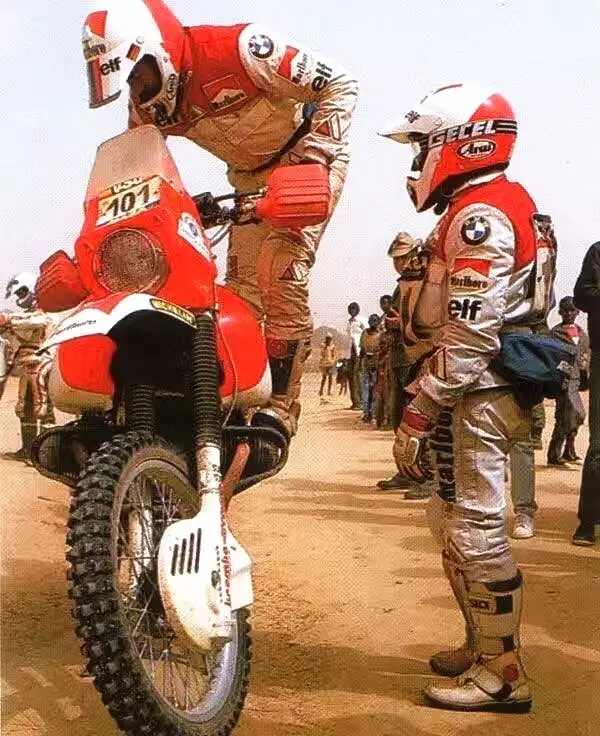
The one-two finish inspired BMW to issue the special-edition R80G/S-PD, better known as the “Dakar.” A bit more on the Dakar-edition later.
Rahier won again in 1985. It was BMW’s fourth victory in five years.
No less important were Rahier and Eddy Hau’s 1984 and 1985 victories in the 1,200-km Baja Rally in California, USA. The wins demonstrated the bike’s capabilities to the crucial American market.
R80G/S “Paris-Dakar”
This version featured a 32-litre fuel tank (sign of what was to come for the Adventure variant), single seat, luggage rack, crash bars, Michelin off-road tyres. The components were also available as kits or individually.
BMW sold some 3,000 of this version is one of the most sought-after motorcycles today.
End of Production
Production of the R80G/S, the granddaddy of the GS range came to a close in 1987. By July that year, BMW delivered 21,864 bikes which was a seven-fold increase over the figure in 1980.
The model was succeeded by the R 80 GS and R 100 GS.



